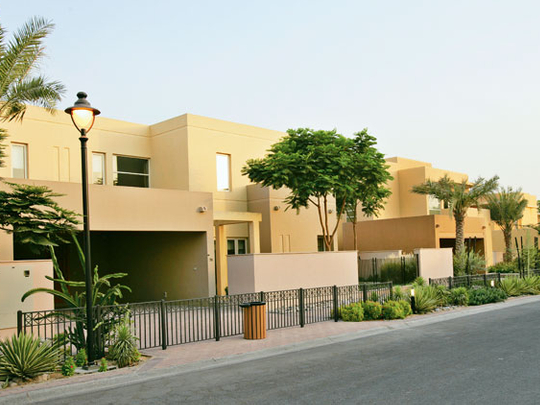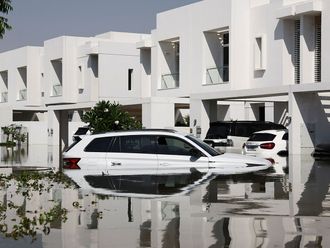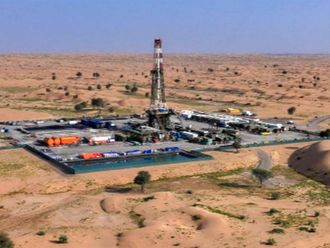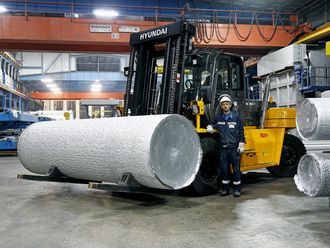
Dubai: Sharjah’s residents haven’t got much of a rental respite compared with their counterparts in Dubai and Abu Dhabi. After a decline of 5.7 per cent through the first quarter, the rate of rental decline in the second slipped to only 2.5 per cent, according to data from Cluttons, the property services firm.
But the chances are that Sharjah rental market will remain soft for the time being. “We now expect rents to end the year 8-10 per cent down on 2015 as the market rebalances and we work out way through the bottom of the current market cycle,” the report notes.
Also, “with job creation rates slowing and residential rental values ebbing in Dubai, we have observed cases of reverse migration where tenants previously priced out of Dubai are once again relocating to the emirate.”
Indeed, the UAE residential rental market is turning into a two-tier marketplace — at the premium end, there continues to be marked declines in lease rates, while in the mid-market, rents have either held the line or have shot up further.
At Dubai’s freehold locations — and particularly within the premium clusters — estate agents are reporting properties remaining vacant for far longer than the norm. They have been evoking the situation that persisted between 2009-11 to explain the current market’s predicament.
Ample new supply of standalone homes and town houses in key locations of Jumeirah and Umm Suqeim also meant that rental demands remained subdued. (But such rental softening has not materialised in Dubai’s traditional residential hubs of Deira and Karama, or the emergent locations in Al Ghusais and Al Rashidiya.)
So, where did rentals drop the most in Dubai in the first-half of the year? The Cluttons report cites the villa rents on the Palm and Jumeirah Islands as taking a bit of a hit, while the Hattan clusters at The Lakes and Arabian Ranches also experienced “big drops”. Three-, four- and five-bedroom properties were down 11.8, 16.7 and 7.7 per cent, respectively.
“The performance at the top end of the villa spectrum in Dubai mirrors the Abu Dhabi market as demand for more expensive property wanes in the face of a slower rate of job creation,” the report says.
In Abu Dhabi, where much of the real estate dynamic is linked to what happens to the oil industry, there was a bit of a fluid situation at the top end of the rental spectrum. After refusing to lower their realistic expectations all through the second-half of 2015 and Q1-16, Abu Dhabi’s landlords now seem to have turned more realistic.
“Q2 marked a significant turning point with apartment (down 0.8 per cent) and villa (13.7 per cent) rental rates falling in most locations,” Cluttons reports. “The majority of rent declines have occurred during the second quarter of 2016.”












